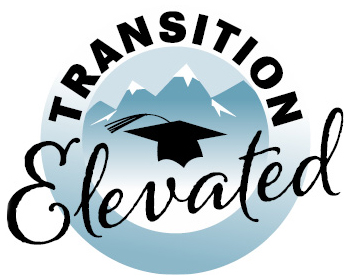Support Networks & Collaboration
Transition planning doesn’t happen in isolation. It takes a network of people — educators, families, community members, and agency professionals — all working together to support the student’s goals. Building strong relationships and clear communication across these groups helps create a smoother, more successful path to adulthood.
What Is a Support Network?
Who is part of a student’s support network?
A support network is the group of people who help a student navigate their transition from high school to adulthood. This may include:
- Family members or guardians
- Teachers, case managers, or special education staff
- School counselors or psychologists
- Vocational Rehabilitation counselors
- DSPD or Independent Living Center staff
- Community mentors, coaches, or trusted adults
Why are support networks important?
No one can do this alone — students need encouragement, accountability, and help navigating complex systems. A strong support network increases follow-through, builds confidence, and creates a safety net as students move toward independence.
How Collaboration Helps
What does effective collaboration look like?
Collaboration means different people working together with shared goals, regular communication, and clearly defined roles. It’s not just being involved — it’s about being aligned. That might include:
- Holding joint meetings with school and agency staff
- Sharing documents and updates across systems (with consent)
- Including students and families in every step of the planning process
How can schools strengthen partnerships with outside groups?
Schools can:
- Invite outside agencies to IEP meetings
- Introduce students and families to agency staff early (age 14–16)
- Build personal relationships with VR, DSPD, or local programs
- Coordinate services to avoid duplicated efforts or missed supports
How can families be supported in navigating these systems?
Help families understand who does what, when, and why. Provide checklists, contact info, and visual flowcharts when possible. Break tasks into manageable steps and use warm introductions when connecting them to new people.
Tips for Building Strong Teams
What are signs of a strong support team?
– Everyone communicates clearly and respectfully
– The student’s goals are the focus — not just system checkboxes
– Families feel heard and supported
– Meetings lead to real action steps
– Agencies and educators know what each other are doing
What happens if collaboration breaks down?
Miscommunication can lead to delays, duplicate efforts, or gaps in services. If problems arise, reconnect around shared goals: the student’s success. Clarify expectations, assign follow-ups, and document who is responsible for what.
Tip: The more connected the team is, the more confident the student becomes. Help students know who’s in their corner — and encourage them to reach out when they need help.
